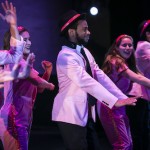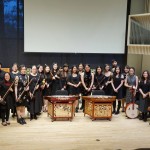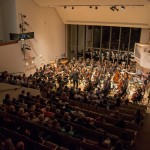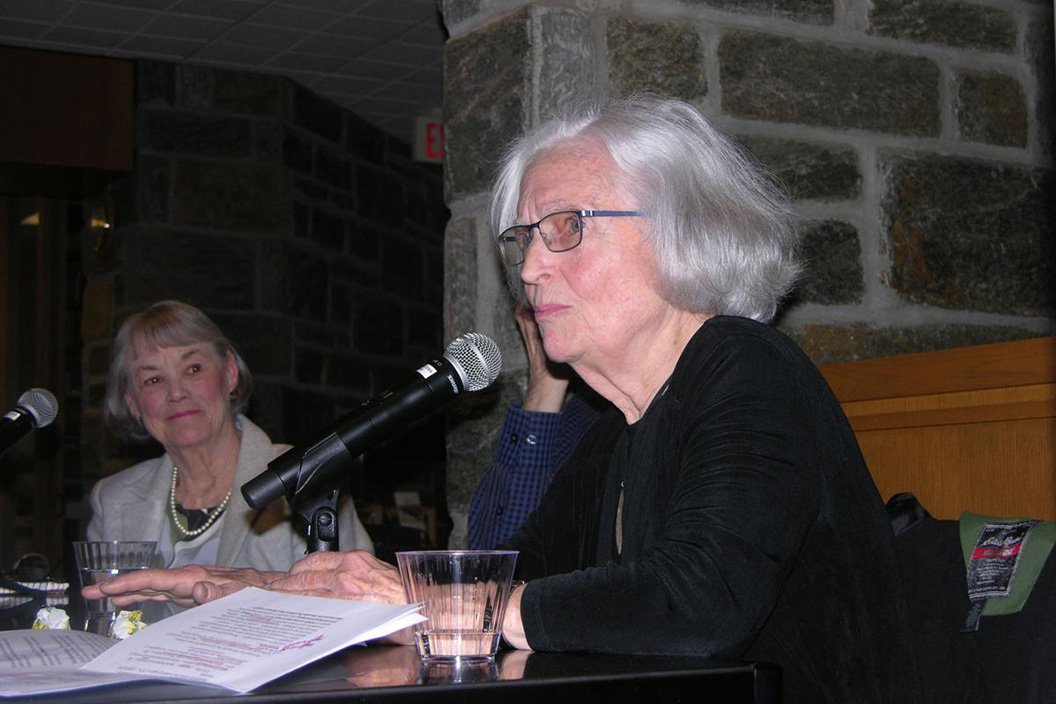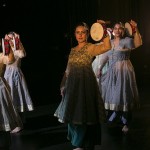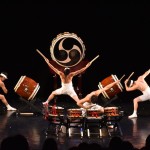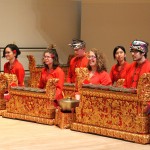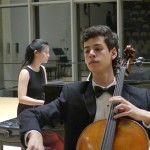The semesterly Dance Concerts are opportunities for students participating in Swarthmore’s Dance Program to showcase the work they have been doing over the past semester. This spring’s show will feature ballet, tap, African, and taiko, as well as student-choreographed pieces. Students from all levels and backgrounds of dance participate, forming a collection of individual pieces that, together, reveal the depth and dynamism of Swarthmore dance.
Professor Chandra Moss-Thorne will be showing her newest piece, Plight, at this year’s event. Featuring more than 20 dancers, this contemporary ballet work is set to the music of Italian composer Ludovico Einaudi. Professor LaDeva Davis’s tap dancers will be dancing to music by Aretha Franklin in a piece called Think. The lyrics of the song were written by Ira Tucker Jr. to “accommodate a public service campaign” about the “dangers of driving under the influence.” Professor Saleana Pettaway’s MISS Understandings is set to the music of Rick Allen, Beyonce, the Ibiza Royal Drums, and Me’Shell Ndegeochello. The work is a “tribute to the female experience…It celebrates the power of the female collective and the beauty of our diversity.” Finally, Professor Joe Small’s taiko drummers and dancers will perform a set of arrangements from Japan and beyond. While Soma Bon Uta is a “popular standard at obon across Japan and overseas,” the employment of the ukulele “pays homage to the connection between Japan, Portugal, and Hawaii.” Additionally, Kris Bergstrom’s Jack Bazaar showcases “not the iki of Edo, but Los Angeles.”
The Spring Dance Concert will also feature student works from Zara Williams-Nicholas ’19, Lia D’Alessandro ’21, and Marion Kudla ’19. These pieces allow student choreographers to demonstrate both their technical abilities and their skills in visual composition. Zara Williams-Nicholas’s original work titled Weeping Blue Mahoe, is a piece about identity formation and the “exploration of the self in relation to others.” More than that, Williams-Nicholas says that her dance is reflective of her own experiences here at Swarthmore: In some sense, this work is an “autobiography of [her] journey of finding [herself] at a predominantly white institution.”
Lia D’Alessandro’s piece, Progression, is a contemporary ballet work about the “escape from the traditional image of females in ballet as delicate and dependent upon men.” D’Alessandro says it was inspired by her journey as a ballet dancer “who does not fit the stereotype. It showcases the strength and athleticism of a female dancer in the 21st century.”
Marion Kudla will be presenting her piece titled, Into Interior. Kudla says the work is an extension of a piece she choreographed last fall, called Imprints, which explored the biological concept of rewilding. Rewilding is “an environmental conservation tool that reintroduces ‘native’ species into an environment and lets nature take over to return to an ‘original’ state. Her new piece takes this idea and uses it to explore nature as an “emotional, psychological space.” A work of contemporary ballet, Into Interior “plays on the duality of the word ‘interior’ as both a signifier for nature as well as a personal, reflective process.”
The Spring Dance Concert allows everyone to participate in the incredible diversity of Swarthmore’s performing arts. Faculty works are shown alongside student pieces, and radically different styles occupy the same space. Swarthmore’s dance concerts are a chance for members of the community to experience the hard work of students and faculty, who together reveal the unique kind of joy and catharsis that dance can provide.
The Spring Dance Concert will be held on Friday, May 3rd at 4:30 PM, and Saturday, May 4th at 8:00 PM in the Lang Performing Arts Center. The event is free and open to the public.
Gabriel Hearn-Desautels ’20
